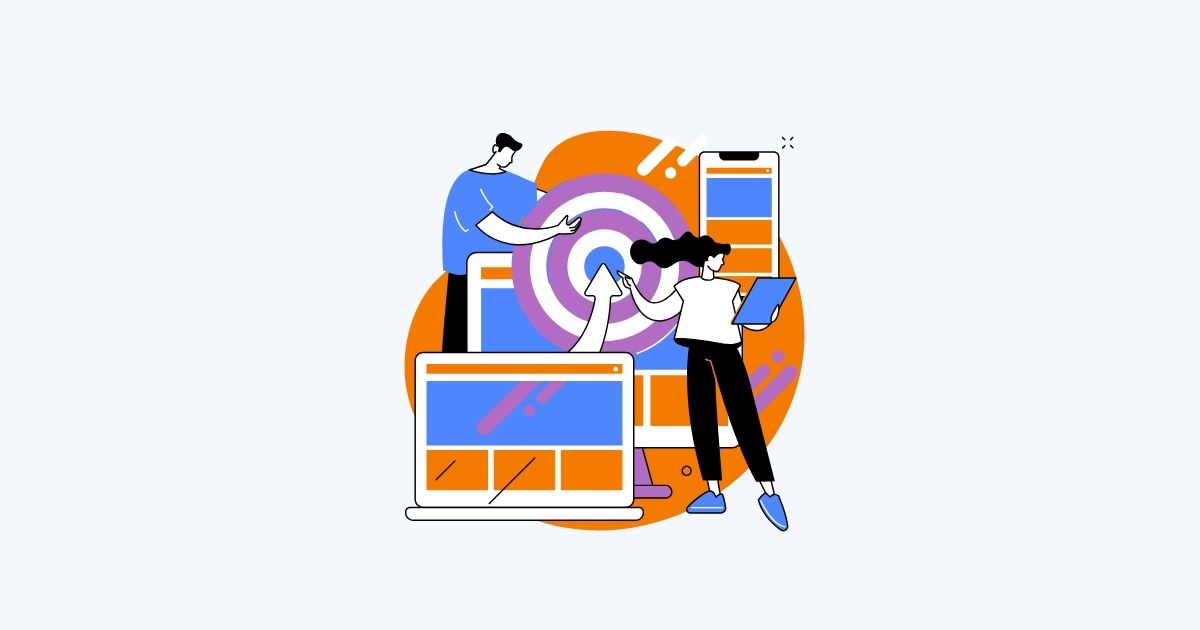Companies that desire excellent customer support should focus on optimizing inbound call strategies. Businesses that place a high priority on customer satisfaction must handle calls effectively. With the use of advanced tools in call center software such as Call Center Studio, every transaction that takes place with your customers is smooth and efficient. In this article, we discuss the importance of inbound call center strategies, how they make the process of customer support easier, and what the main optimization tools are.
What Are The Inbound Call Strategies?
Inbound call strategies are plans that act to handle incoming customer calls more efficiently. Inbound calls happen when customers call in and outbound calls happen when an agent calls into a customer directly. These strategies are normally tailored to meet customers’ support needs or to be able to give them information. Well-designed inbound strategies involve several core components:
- Call Routing: Call routing is responsible for routing the calls to the most suitable agent or department depending on each customer’s need. Routing allows us to quickly connect callers to the right person, and reduce unnecessary time on hold.
- Skill-Based Distribution: This means that calls go only to agents who have the proper knowledge to tackle certain topics. Skill-based distribution ensures that customers receive the best quality support from the beginning.
- First Contact Resolution (FCR): This is a key goal that aims to solve customer issues in only one call, thereby reducing the need for follow-up interaction.
These elements, together create a strong foundation for delivering excellent customer service. Companies use inbound call strategies that quickly connect their customers and lower wait times.

How Can Inbound Call Strategies Improve Customer Support?
If companies implement optimized inbound call strategies the quality of the customer support they render can greatly increase. Here are some specific ways that these strategies help improve support:
Faster Response Times
Efficiency and speed are priorities of an optimized inbound call strategy. Businesses can reduce the time customers spend waiting on hold through intelligent call routing and skill-based distribution. With shorter wait times, customers get help faster. In turn, this improves customer satisfaction and customers are more likely to consider their experience delightful.
Personalized Customer Interactions
Inbound call strategies with cloud call center software like Call Center Studio allow the agents to access customer data in real time. This data may be past interactions, purchase history, preferences, and detailed past issues. With these details, agents can personalize the way they speak to customers by addressing them more directly and in more context. This personalized service not only leads to customer satisfaction but also helps the customers feel valued, hence increasing customer loyalty.
Higher First Call Resolution Rates
One of the main objectives of an inbound call strategy is to, whenever possible, resolve customer issues in one call. This is called first call resolution (FCR). Agents who are equipped with the right information and tools can help businesses get to a higher FCR rate. If customer issues are resolved in one call, both time and the support team’s labor load are saved. The efficiency lowers operational costs and serves to improve the experience for customers in the process, making customers more likely to come back.
Increased Customer Loyalty
Customers trust a brand when they continue to experience effective and helpful support. Every positive interaction makes them bond more tightly and leads to long-term loyalty. The more satisfied the customer is, the more likely they are to become advocates because they are going to share their experience with others over time. An optimized inbound call strategy means every call strengthens the customer’s relationship with the brand, creating lasting loyalty.
Improved Resource Allocation
An effective inbound call strategy also aids a company in allocating its resources better. By analyzing patterns in call volume and peak times, businesses can make smarter staffing decisions. That way agents are always there when they’re needed without overstaffing the team during off-peak periods. This enables the business to provide high-quality support while spending less.

What Tools Can Help Optimize Inbound Call Handling?
To be able to handle inbound calls effectively, companies need the right tools. Here are some of the most important tools for optimizing inbound call strategies:
Cloud Call Center Software
Cloud Call Center Software such as Call Center Studio offers flexible and scalable solutions for inbound call handling. Cloud-based platforms are different from the traditional call center system because agents can work from anywhere, which is very helpful for remote or distributed teams. Also, cloud-based systems work well with other business applications and incorporate easily with other resources and customer data. Faster, more personalized service is made possible by this integration.
Skill Based Distribution and Call Routing
Call routing is an intelligent process that allows you to minimize transfers and get customers to the most appropriate agent as quickly as possible. If calls are routed correctly, customers don’t have to explain the problem over and over again, and they don’t have to wait as long to get the help they need. Further, skill-based distribution improves the efficiency of connecting customers to agents with the right expertise. These tools work together to smooth out and make the experience for customers more effective, less frustrating, and more satisfying.
Interactive Voice Response (IVR) Systems
IVR systems allow customers to get self-service solutions without the need for an agent to help them out. For example, an IVR could offer ways to check account balances, help troubleshoot minor problems, or find an answer to other common queries. These advanced IVR systems can even recognize voice commands, which will help callers find what they need more easily. IVR systems provide agents and fellow customers the low-hanging fruit by solving straightforward queries, allowing agents to stay focused on more advanced matters, and increasing the overall efficiency of the team.
Real Time Analytics and Reporting Tools
Real time analytics tools can track key performance indicators such as average call wait time, first call resolution rates, and customer satisfaction scores in real time. By watching these metrics, companies can see how much they need to improve and make data-driven adjustments. This also allows managers to see when call volume might spike, and to adjust staffing as necessary. It is a proactive approach, so support is always available even during high-demand periods.
Automated Call Quality Monitoring (ACQM)
Call quality monitoring is automated to check that calls meet quality standards. These assessments can be reviewed by managers and then targeted feedback from managers can be given to agents to increase their performance. Quality monitoring enables companies to maintain service consistency, find out where improvements can be made, and above all provide customers with a better experience. Businesses can maintain a high level of support by evaluating each call.
Conclusion
Any business that cares about great customer support needs to learn how to optimize inbound call handling. Using cloud call center software such as Call Center Studio, companies can provide fast, personalized, and efficient support to customers. Call routing, call monitoring, IVR, and real time analytics are tools that help streamline processes, cut wait times, and make customers feel valued with every interaction.




